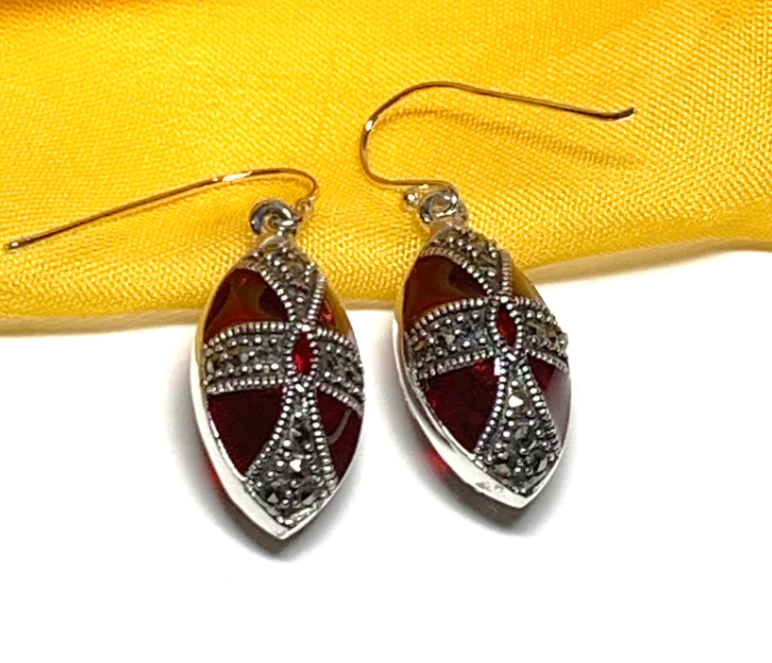A journey through the history of jewellery
Just a glimpse of a fascinating story of humans love affair with adornments be they practical, fashion or symbols of wealth and protection.
Jewellery from before the dawn of civilisation and beyond has always been more than just an accessory, it’s a captivating chronicle of human history. From the first shell strung on a cord to the dazzling diamonds adorning royalty, each piece tells a story of culture, belief, and societal evolution.
The Early Days of Adornment
Archaeological evidence suggests that early humans fashioned jewellery from readily available materials like shells, bones, and stones. These pieces were likely more than just decoration; they might have served as talismans for protection, markers of social status, or even symbols of religious beliefs.
From the very beginning, jewellery has served as a way for people to adorn themselves and express their individuality. This purpose remains a constant throughout history, with different styles and materials reflecting personal preferences and cultural trends.
The Rise of Civilizations and the Refinement of Craft
With the rise of civilizations, jewellery making became a refined art form. Ancient Egyptians mastered the art of working with gold, crafting intricate pieces adorned with precious stones like turquoise and lapis lazuli. The Greeks and Romans, known for their artistry, used gold, silver, and gemstones to create elaborate necklaces, bracelets, and rings. These pieces often served as symbols of wealth, power, and social standing.
Jewellery in the Middle Ages
The Middle Ages saw a shift in the purpose of jewellery. While still a marker of social status, religious symbolism became increasingly prominent. Crosses, pendants depicting saints, and precious stones believed to possess healing powers were popular choices. It also served a practical purpose, with brooches being used to fasten garments and signet rings used to seal documents.
The Age of Discovery and the Global Exchange of Gems
The Age of Discovery ushered in a new era of gem trade. Europeans discovered vast reserves of diamonds, emeralds, and sapphires, leading to a surge in the popularity of these precious stones. Jewellery design then became more intricate, and the rise of the middle class created a demand for more affordable pieces.
From Art Deco to Modern Expression: The 20th Century and Beyond
The 20th century witnessed a revolution in jewellery design. The Art Deco movement embraced geometric shapes and bold colours, while the Art Nouveau style celebrated nature and organic forms. Later in the century, innovative materials like plastic and acrylic were incorporated into jewellery, reflecting the changing tastes and technological advancements of the time.
Today, jewellery continues to evolve, reflecting not only our cultural and technological landscape but also our individuality. Whether it's a simple pendant passed down through generations or a statement piece pushing the boundaries of design, jewellery remains a powerful symbol of human creativity and self-expression.
Religious Symbolism
Jewellery has played a significant role in religious practices and beliefs across various cultures. It has been used to represent deities, religious figures, and sacred symbols. Amulets and talismans, believed to offer protection or good luck, were also commonly worn in the form of jewellery.
Status Symbol
Jewellery has often been used to denote social status and wealth. The materials used, the intricacy of the craftsmanship, and the types of stones incorporated all conveyed information about the wearer's position in society. This was particularly evident in ancient Egypt, medieval Europe, and even in certain periods of modern history.
It's important to note that these purposes often overlapped and intertwined throughout history. A single piece of jewellery could simultaneously serve as a form of self-expression, a status symbol, and a religious symbol, depending on the context and cultural understanding.
Cultural Marker
Jewellery can be a powerful symbol of cultural identity and affiliation. Specific styles, materials, and motifs can be associated with particular ethnicities, religions, or communities, offering a visual connection to shared heritage and traditions.

